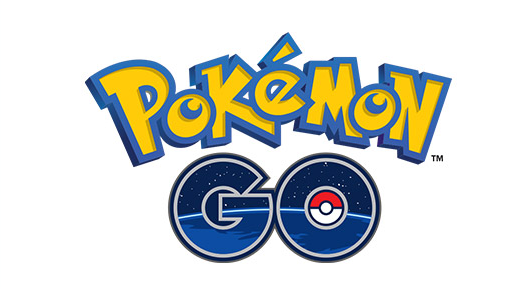
One month in and the 90’s children’s craze Pokémon has been more than resurrected. The augmented reality gaming app Pokémon Go has smashed all sorts of records, including an estimated 75 million downloads and $200 million in revenue so far. And this geocaching application is no child’s play. It exceeds Twitter in active users; 40% of these being 25 years of age or older. Having achieved the kind of impact and audiences that most brands only dream of, what can marketers learn from the frenzy?
1. Don’t reinvent the wheel
You don’t always have to start again or invent something new. You can update and refresh. Creators Niantic took a game first seen in 1996, and now covers video games, trading card games, animated television shows and movies, comic books, and toys and it gave new life. As a franchise that has been around for 20 years, Pokémon has developed strong connections with its fans evoking nostalgia in some and novelty for others. Having an established community available, and the ability to provide something fresh means that the brand’s growth is somewhat organic, evolving, and as a result, very powerful.
2. Bring the online world to the offline world
Gaming isn’t about being an isolated hermit, but social experiences and interactions, with technology as an enabler. As a spokesperson at NESTA said, it’s ‘a rare example of a game that promotes in-person interaction with other people and physical activity by forcing players to, well, leave the house.’ Anecdotally I know someone whose daily step count has increased from 630 to over 15,000 a day, and we’ve even seen the launch of Pokédates. The brand opportunity isn’t isolated to just gaming industries. Maxwell’s Bar and Grill in Covent Garden, London invested on in-game purchases to set lures and attract Pokémon and launched a special menu. They’ve reported a 26% increase in revenue since they started trading as a Pokéstop. Similarly, L’inizio Pizza Bar in Manhattan have created Pokémon-themed pizzas to go along with their stop – a $10 investment in lure modules led to a 30 percent increase in food and drink sales throughout one weekend. The Pop Shop, a popular restaurant in Medford, NJ, offers a free ice cream cone with the purchase of an entrée to players and charging stations to juice up game fans’ phones. And McDonald’s Japan have become an official sponsor, turning 3,000 stores into ‘Gyms.’
3. Meet people where they are – or take them to where you want them
Easy to use, the game is accessible to anyone with a smartphone. Through a device that lives in hands and pockets of the majority of the population exists an amazing opportunity to connect. An always-on conversation allows people to participate whenever and wherever they choose to, taking control of their interaction. Despite this, it’s also disruptive. Even those not playing the game are interested, asking for an explanation and becoming more aware. Via GPS technology, players are encouraged to visit new locations, and this virtual overlay is bringing people to businesses that they may not have visited otherwise. Wholefoods successfully used geofencing in the US to not only attract consumers to their own stores with offers and incentives, but woo them away from competitors.
4. Communicate with your brand ambassadors
In the age of social, it seems almost peripheral to mention the importance of communicating regularly with your brand fan base. However, Niantic, the developer of Pokémon Go have done the most basic of social marketing errors. When the Pokémon Go tracker feature ‘broke’ very soon after the game was released, fans waited (patiently) for it to be fixed. A few intrepid coders took on the challenge of devising solutions to the problem, which led to the rise of services like PokéVision. Yet, in the first major update to the game since it launched nearly one month ago, Niantic didn’t fix the glitch. Instead, they removed the tracking system altogether and sent cease-and-desist letters to services such as PokéVision. Their fans are mad; at both the tech updates and the lack of communication.
5. Experience is about more than product
There are very few physical objects that we need in the modern world. The most successful brands do not necessarily have business models based on selling products, but instead, focus their attention on creating experiences for consumers. Think of Secret Cinema. It’s turned watching an old film into a lucrative business that attracts thousands of attendees to their captivating events. The Pokémon Go app has multiple benefits – it’s a game, it’s immersive, gets people moving, offers social opportunities, challenges individuals and encourages exploration of communities. People feel as though they are part of something and influencing the trajectory of a brand interaction, lending the experience meaning. Successful brands are those that are culturally immersed and in tune with their consumers and their consumers’ lives.

